SQL Queries for Database Analysis: Invoice, Customer, and Product Data
VerifiedAdded on 2020/03/16
|10
|450
|61
Homework Assignment
AI Summary
This assignment showcases a collection of SQL queries designed to analyze data from an example database. The queries cover various aspects, including calculating line totals for invoices, locating records in the vendor table, finding customers based on balance criteria, and using joins and aggregate functions to retrieve specific information. The solutions demonstrate how to find customers with invoice totals greater than a certain value, list customers with and without invoices, identify the maximum invoice total, count invoices per customer, and retrieve purchase details by customer. Furthermore, the queries illustrate how to list product details based on sales volume and retrieve data involving vendors and products. The provided queries offer practical examples of how to perform database analysis and reporting using SQL.
1 out of 10
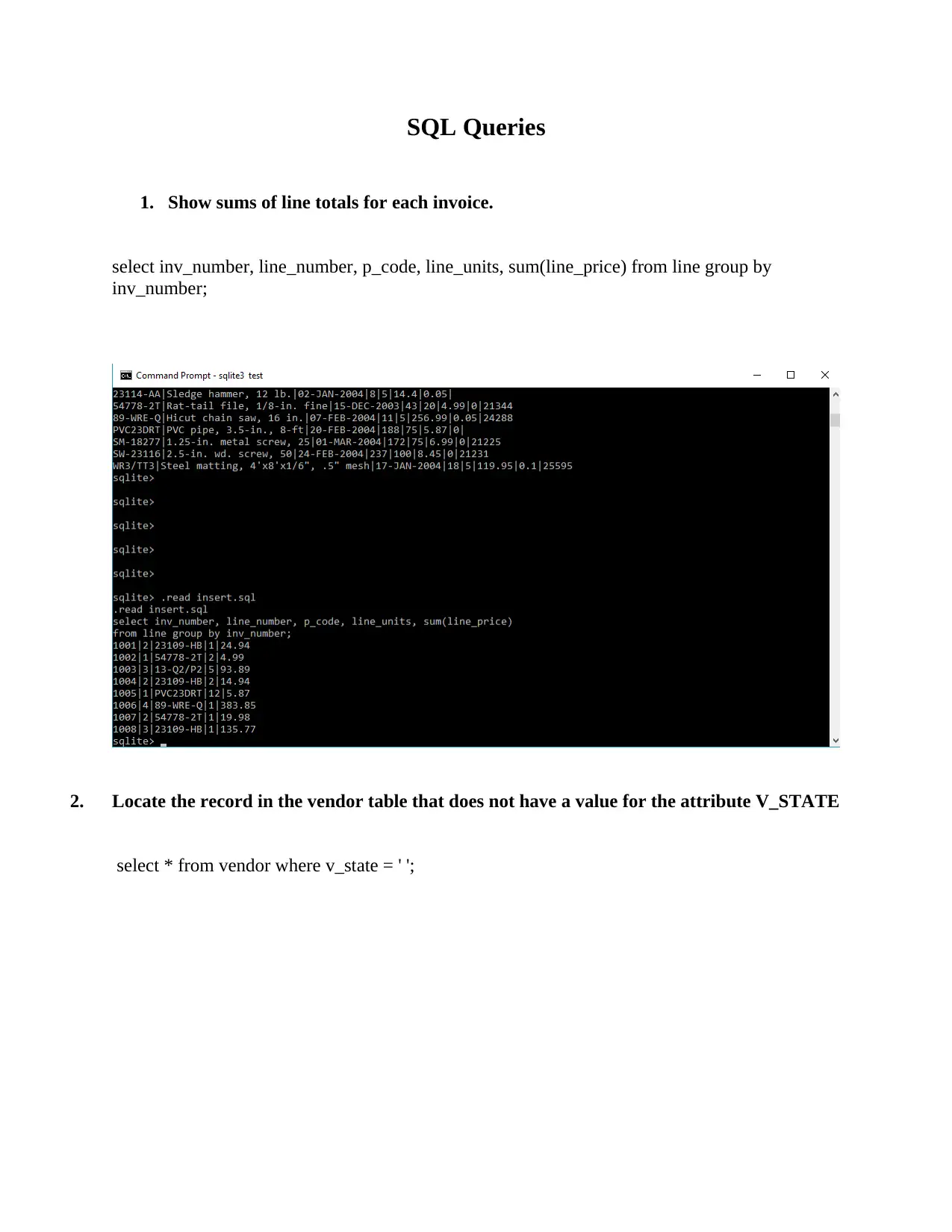
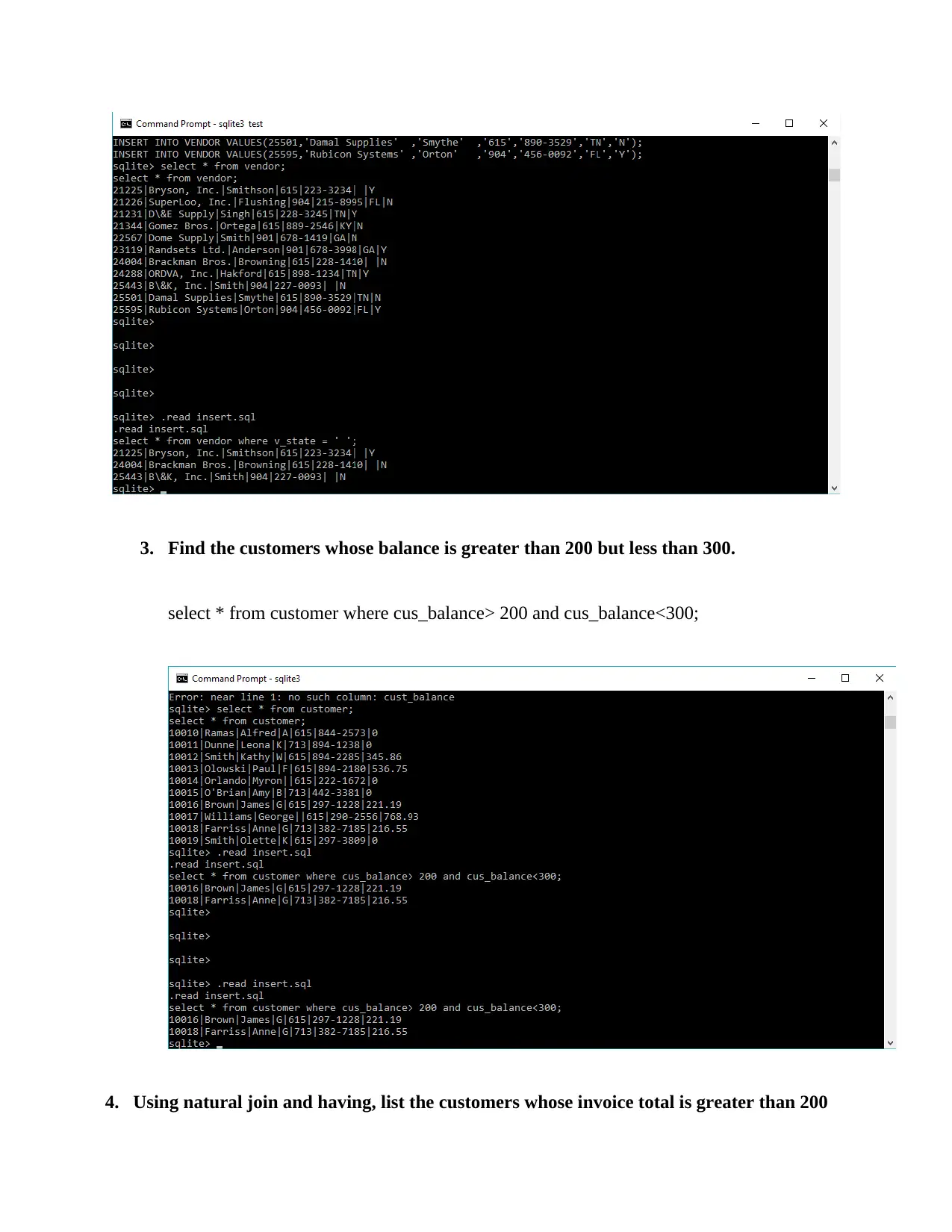
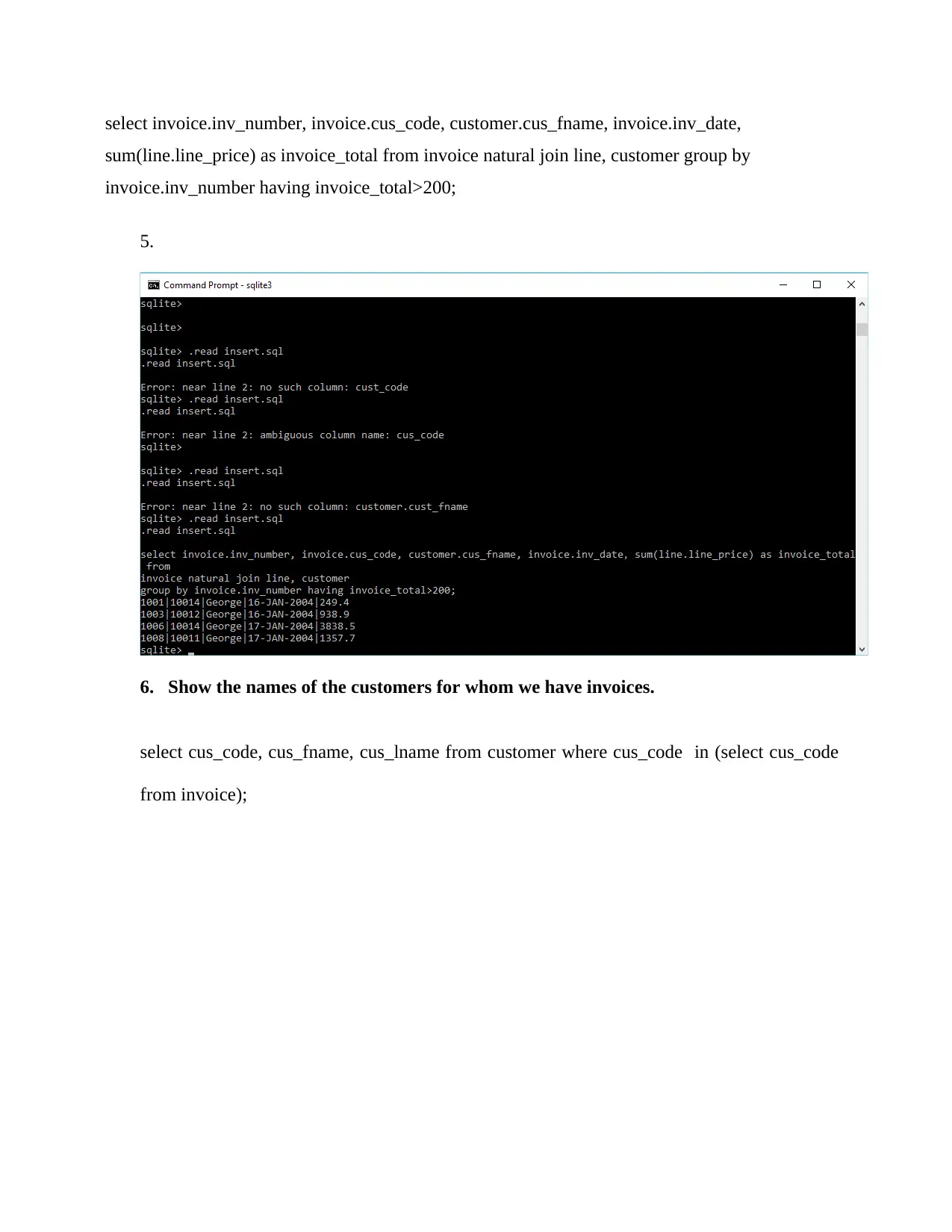

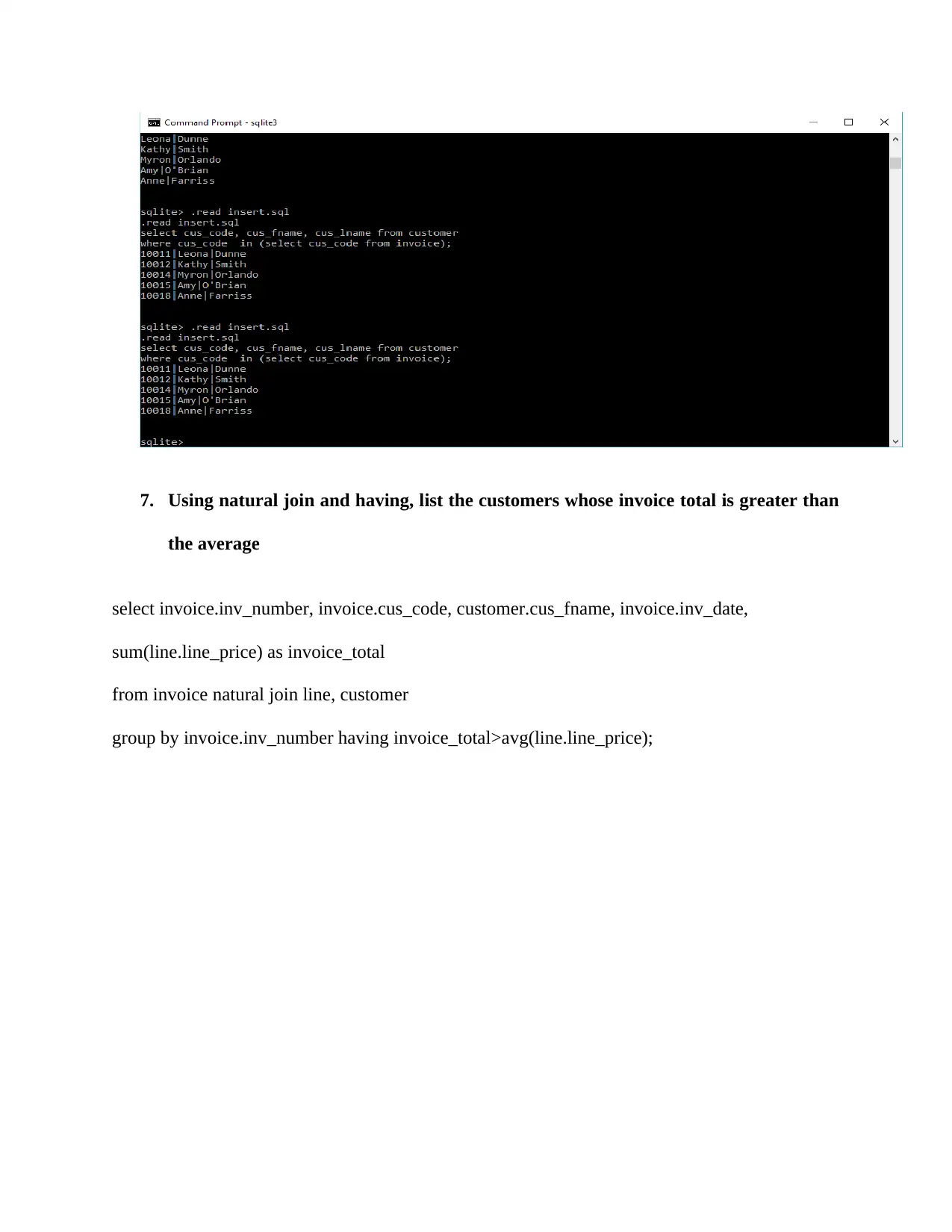
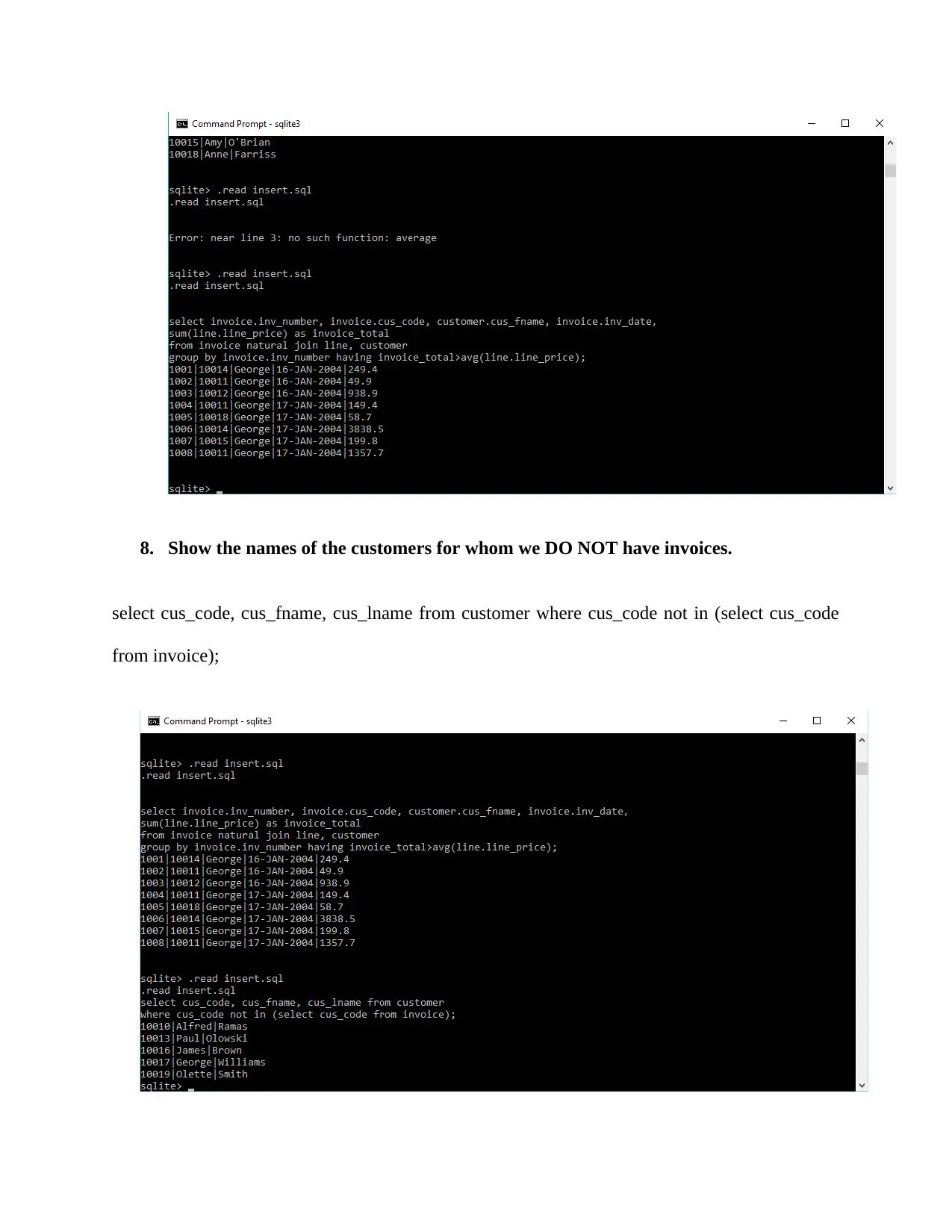
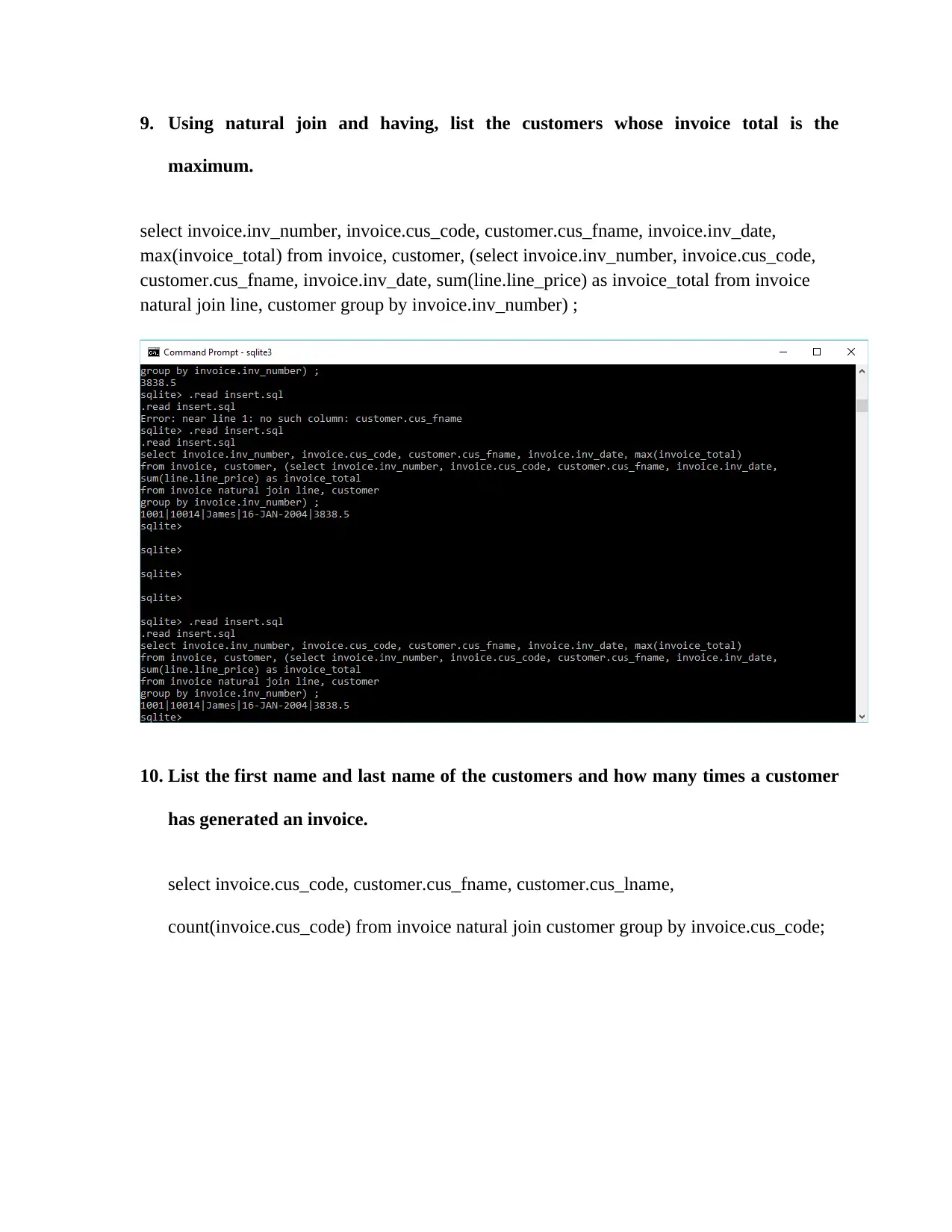
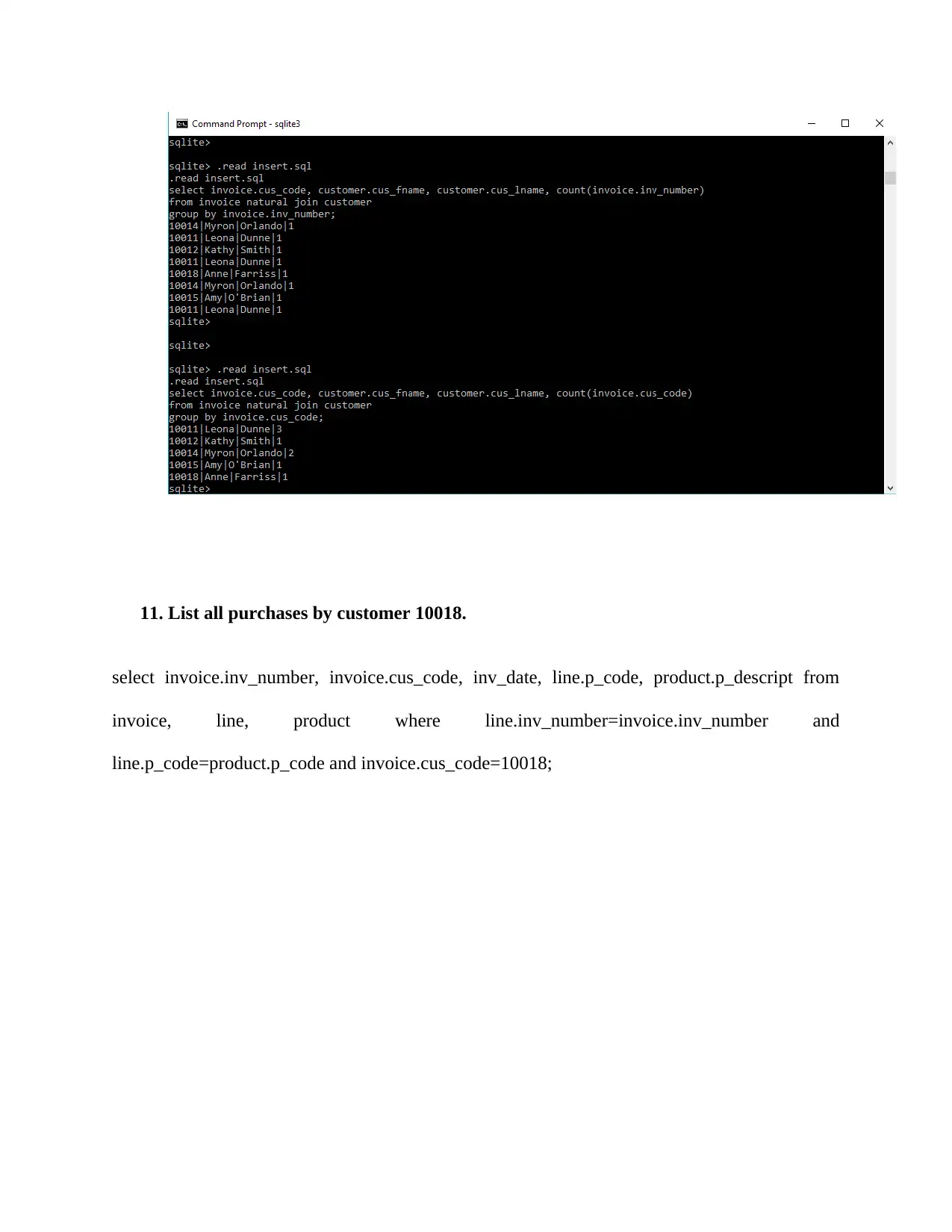


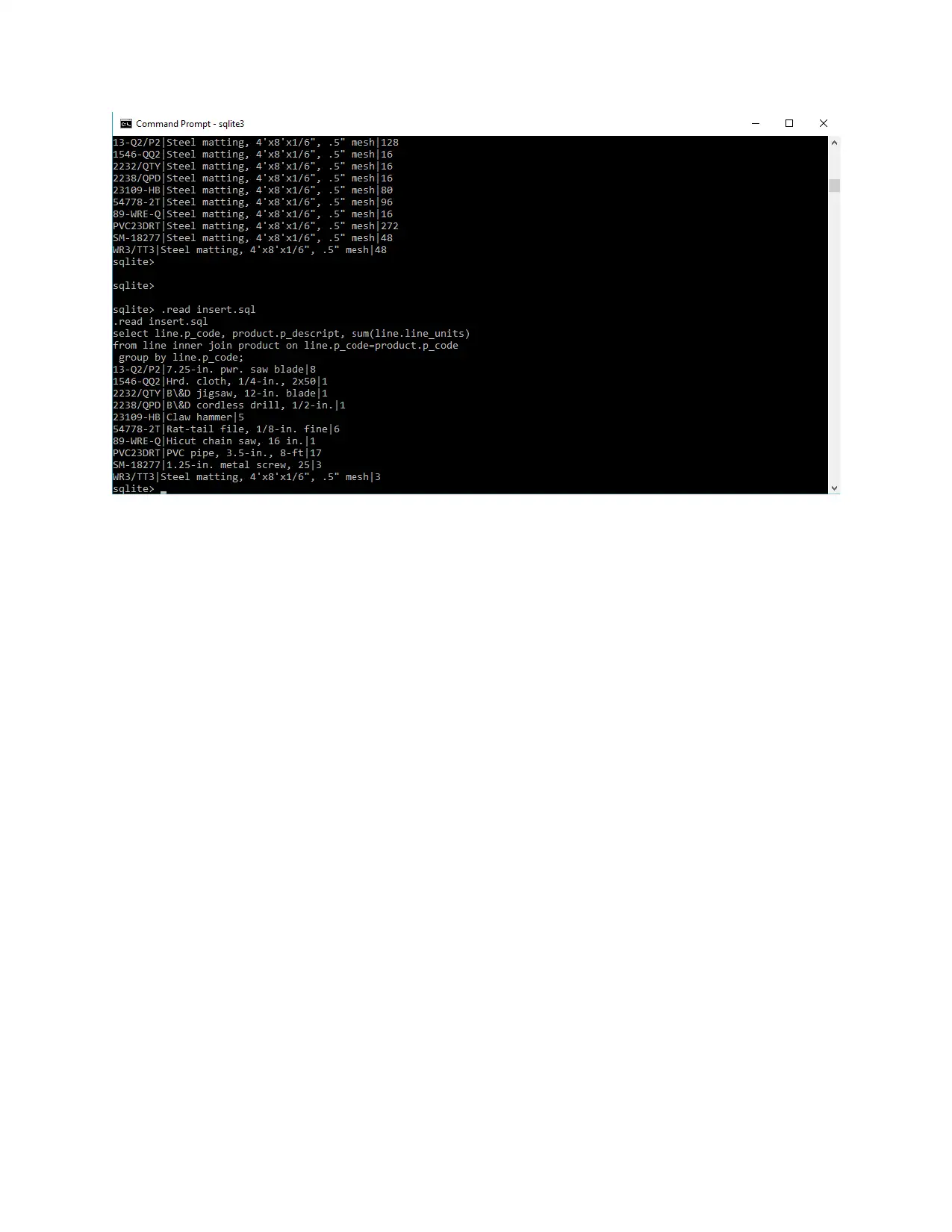






![[object Object]](/_next/static/media/star-bottom.7253800d.svg)